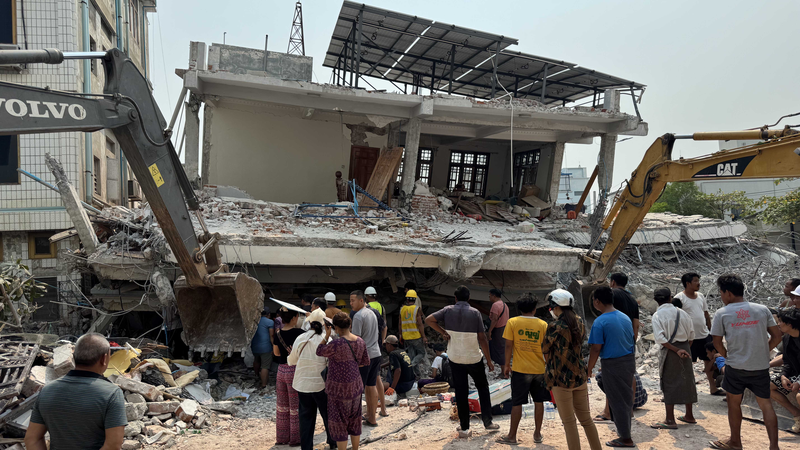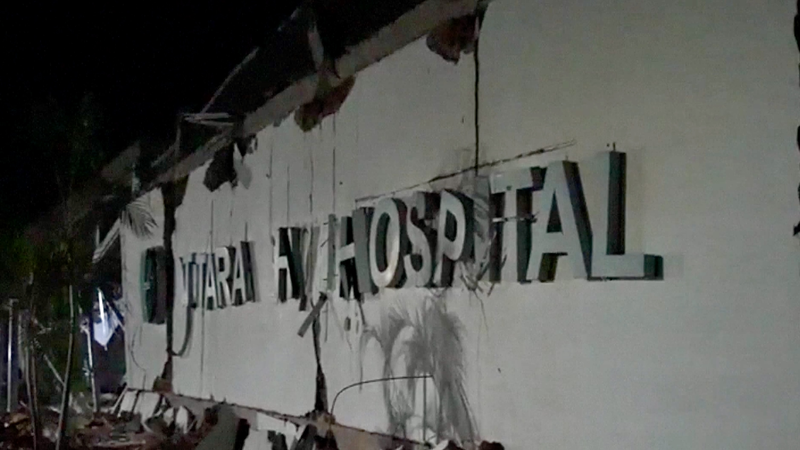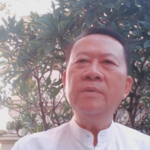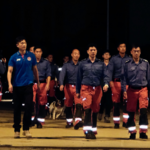Delivering Hope in Crisis: Inside UNICEF's Myanmar Mission
Delivering life-saving aid to children in conflict-affected Myanmar is no easy task, says Trevor Clark, UNICEF's regional emergency operations lead. In an exclusive interview with CGTN, Clark revealed three major hurdles: information gaps, logistical roadblocks, and resource shortages.
💡 'When we can't access real-time data on displaced families or damaged infrastructure, it’s like navigating a maze blindfolded,' Clark explained. Remote areas hit hardest by recent instability often lack communication channels, slowing response times.
🚚 Even when supplies are ready, reaching disaster zones remains tricky. Clark emphasized the need for 'constant negotiation with all parties' to ensure safe passage for aid workers—a process he compared to 'negotiating a high-stakes video game level, but with lives on the line.'
🌦️ With global crises multiplying, Clark warned of donor fatigue: 'Every dollar redirected elsewhere leaves a child here more vulnerable.' Yet UNICEF’s teams continue innovating, using local partnerships and tech-driven solutions to bridge gaps.
🔍 Why it matters: Over 2.5 million children in Myanmar urgently need support. While challenges persist, Clark remains hopeful: 'When we break through barriers, the impact lasts generations.'
Reference(s):
UNICEF emergency chief on challenges of delivering aid to Myanmar
cgtn.com






